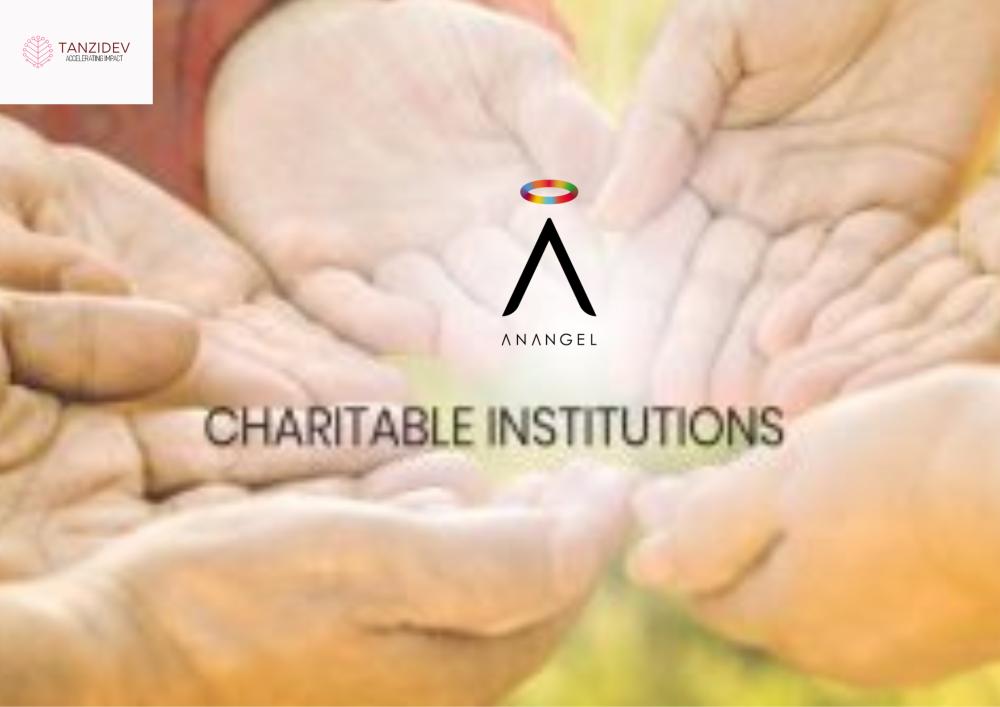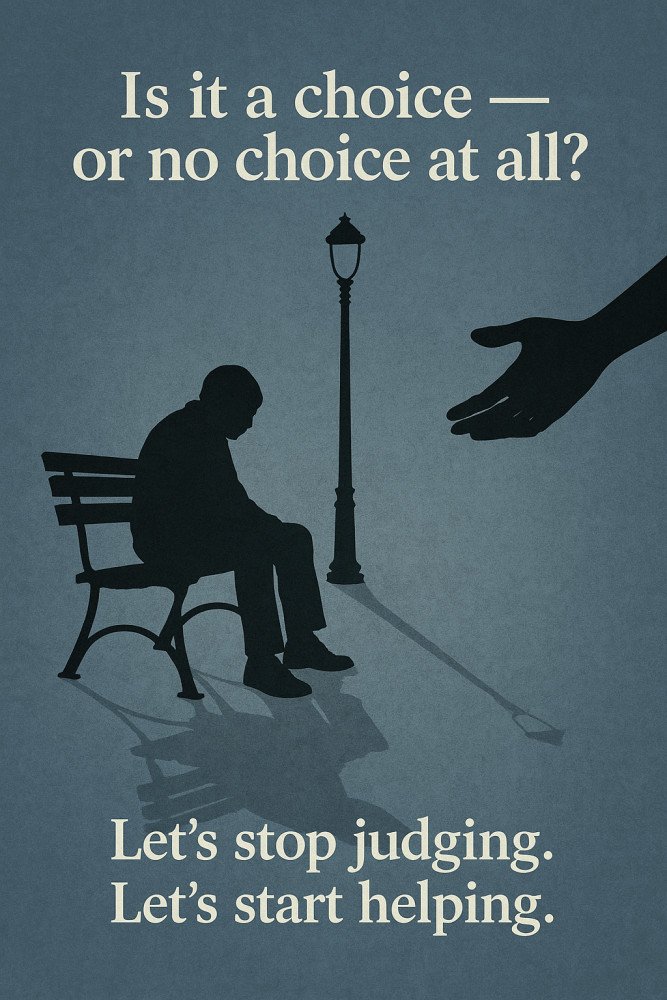

Harnessing Artificial Intelligence to Address Soci...
Discover the extraordinary power of Artificial Intelligence as it connects with social and environmental challenges. Explore the groundbreaking ways AI is revolutionizing healthcare, monitoring the environment, enhancing disaster response, and shaping education. Uncover the facts and figures behind this technological force, unlocking its potential to create a sustainable and equitable world. Join us on this transformative journey towards a brighter future for humanity and our planet. Harness AI for positive change."

The Interplay of Smartphone Drug and Bullying: Imp...
Discover the shocking interplay of smartphone addiction, drug use, and bullying, and its profound impact on the youth of Mauritius. Stay tuned for an eye-opening exploration of this critical issue. #YouthWellbeing #SmartphoneAddiction #DrugAbuse #AntiBully

Embracing Green Infrastructure: The Rise of Green...
Discover how Mauritius is transforming its urban landscapes with the power of green infrastructure. From vibrant green walls that purify the air to lush rooftop gardens that mitigate stormwater runoff, learn how these sustainable solutions are creating a greener and more resilient future for the island paradise. Join us as we explore the rise of green walls and green roofs in Mauritius and their remarkable benefits for the environment and communities.

Net Zero Water in Mauritius: A Sustainable Solutio...
Discover how Mauritius is tackling its water challenges and striving for a sustainable future through the concept of net zero water. Explore the facts, figures, and strategies being employed to achieve water efficiency, promote rainwater harvesting, and implement wastewater treatment. Join us on a journey towards a resilient water future for this beautiful island nation in the Indian Ocean.


